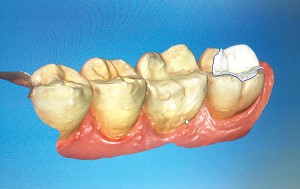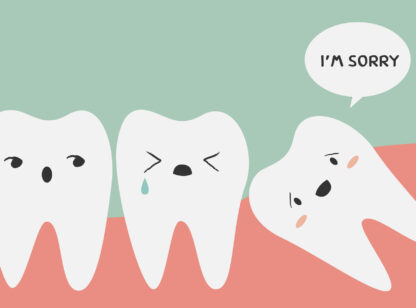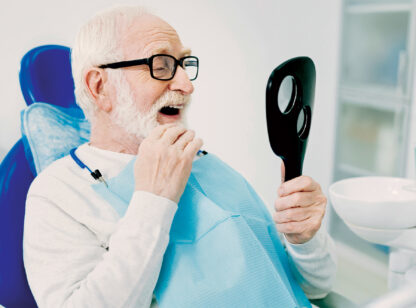
Advanced technology like the Cerec Digital Impression Model significantly aid in diagnosis and treatment.
More and more often we are hearing of 3D printing, lasers, and computer-driven procedures. Usually it is in relation to industry and production, however, they are also the future of medicine and dentistry, and their use is being integrated today.
Clinicians are always trying to provide the best and safest care for patients, and dentistry is no different. In a world where days and microns can make the difference between success and failure, the use of cutting edge technology gives us an advantage in the quest to provide the best treatment.
One great example of the digital revolution in dentistry is the use of Cad/Cam technology. Instead of taking gooey, messy impressions, a special camera can now be used to scan the teeth and create a 3D digital model of the mouth that is quicker and more accurate than traditional methods. These models can be used to evaluate dental problems and to fabricate dental restorations such as crowns and fillings. In addition, computer programs can now design and customize restorations and the final product can then be milled on site from a solid block of porcelain. The days of having to wait two weeks for a crown to be made are over. In as little as two hours, the entire procedure can be completed start to finish, all due to the amazing advancements in technology!
Another example of technology that enhances capability is cone beam computed tomography (CBCT). With names like ICAT, Galileos, and Caresteam, these machines provide 3D x-rays similar to a traditional CT scan with a fraction of the radiation and with much more detail than traditional dental x-rays. They can help us diagnose issues much earlier than ever before, resulting in earlier intervention and therapy, better outcomes and more conservative treatment.
CBCT can further be utilized to preplan dental surgeries such as implant placement. Implants can be planned in the digital environment before the surgery day arrives. Care can be taken to choose the optimal placement and to avoid vital structures. This file can then be used to fabricate a surgical guide, which allows the dentist or surgeon to place the implant in the precise location planned in the computer program. The result is more predictable and accurate placement, often less discomfort, reduced complications and expedited healing time because in many cases, large incisions are no longer required.
As a dentist and a health care professional, I’m thrilled with how far we’ve come and eager to see what the future holds. Without a doubt, the use of technology allows dentists to be better clinicians. For all in the health care field, it comes down to one shared goal, providing the best possible care for our patients and utilizing all the tools available to do so.
Dr. Baumann is with Palm Desert Smiles and can be reached at (760) 568.3602.













































Comments (0)